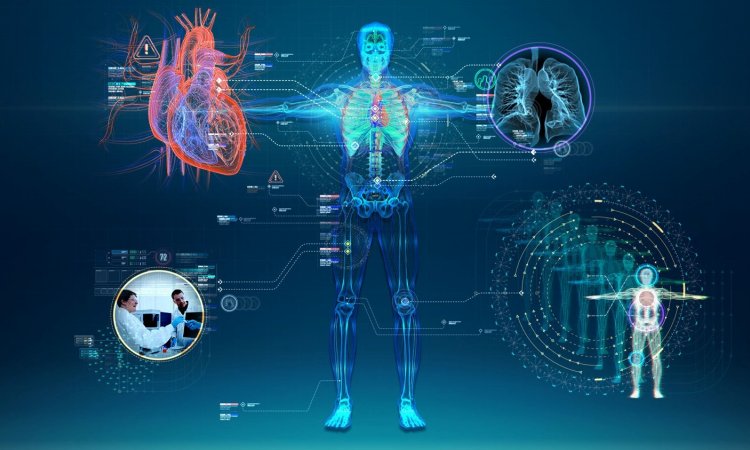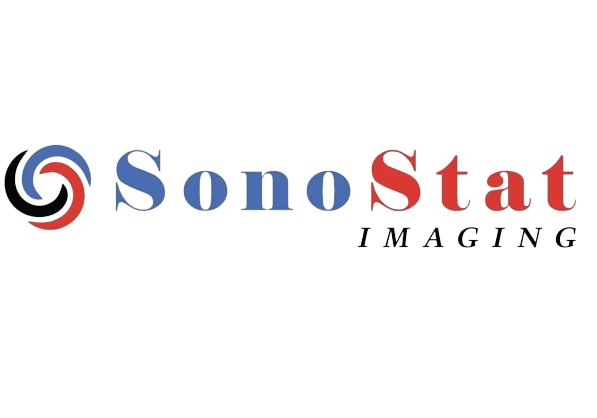My Health Blog
Health, Fitness, Ultrasound, Radiology
Artificial Intelligence in Radiology: Revolutionizing Diagnostic Imaging:
Introduction: Artificial Intelligence (AI) has emerged as a transformative force across various industries, and healthcare is no exception. In the field of radiology, AI is revolutionizing diagnostic imaging, empowering radiologists with advanced tools for improved accuracy, efficiency, and patient care. From automated image analysis to predictive modeling, AI is reshaping the landscape of radiology. In this article, we explore the impact of AI in radiology, its applications, challenges, and the future potential it holds.
Enhancing Image Analysis: One of the primary applications of AI in radiology is its ability to augment image analysis. AI algorithms can rapidly analyze and interpret medical images, assisting radiologists in detecting abnormalities, identifying patterns, and generating quantitative measurements. This technology enables radiologists to make more accurate diagnoses and provides valuable insights for treatment planning.
Improving Efficiency and Workflow: AI-powered algorithms can significantly improve efficiency and streamline radiology workflows. By automating repetitive tasks, such as image segmentation or tumor detection, AI reduces the burden on radiologists, allowing them to focus on more complex cases. Additionally, AI can prioritize urgent cases, helping to expedite critical diagnoses and reduce waiting times.
Diagnostic Decision Support: AI-based decision support systems provide radiologists with valuable insights and recommendations during the interpretation process. These systems leverage vast amounts of data and machine learning techniques to assist radiologists in making informed decisions. By analyzing patterns in medical images and correlating them with patient data, AI can provide suggestions for potential diagnoses or recommend further tests, improving diagnostic accuracy and patient outcomes.
Early Detection and Screening: AI algorithms excel in the detection of subtle abnormalities and early signs of diseases. In areas like mammography and lung cancer screening, AI algorithms can analyze large datasets, identify suspicious findings, and alert radiologists to potential areas of concern. This early detection capability has the potential to save lives by enabling timely interventions and treatments.
Radiomics and Predictive Modeling: Radiomics, a field that combines AI and radiology, focuses on extracting quantitative data from medical images to generate predictive models. By analyzing a wide range of imaging features, AI algorithms can identify imaging biomarkers associated with specific diseases, prognosis, or treatment response. These models can aid in personalized medicine, providing clinicians with valuable information for treatment planning and patient management.
Challenges and Considerations: While the potential of AI in radiology is immense, there are several challenges to address:
-
Data Quality and Standardization: AI algorithms rely on high-quality, well-annotated data for training. Ensuring standardized image acquisition protocols, comprehensive data annotation, and data sharing initiatives are crucial for training accurate and reliable AI models.
-
Regulatory and Ethical Considerations: The deployment of AI in radiology raises ethical and regulatory questions regarding patient privacy, data security, and liability. It is essential to establish robust frameworks and guidelines to govern the use of AI in healthcare and ensure patient trust and safety.
-
Integration with Clinical Workflow: To maximize the impact of AI, seamless integration into existing clinical workflows is essential. AI solutions should be user-friendly, interoperable with existing systems, and provide actionable insights in real-time.
The Future Outlook: The future of AI in radiology holds tremendous potential for further advancements:
-
Continued Algorithm Development: AI algorithms will continue to evolve, becoming more sophisticated and accurate in detecting and characterizing various diseases. Ongoing research and collaboration will drive the development of AI models that address specific radiological challenges.
-
Multimodal Imaging Integration: AI can integrate and analyze data from multiple imaging modalities, such as CT, MRI, and PET scans, to provide a comprehensive view of a patient’s condition. This holistic approach can enhance diagnostic accuracy and improve treatment planning.
-
Radiologist-AI Collaboration: The relationship between radi
